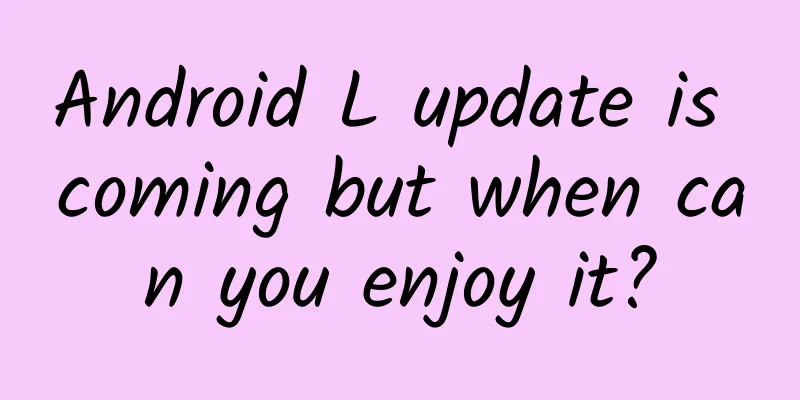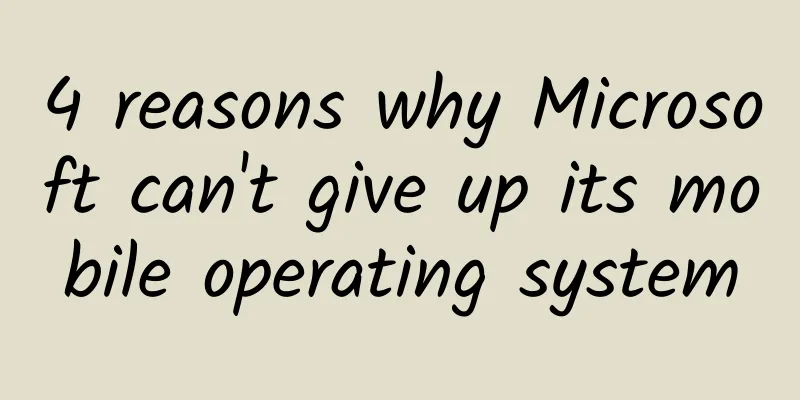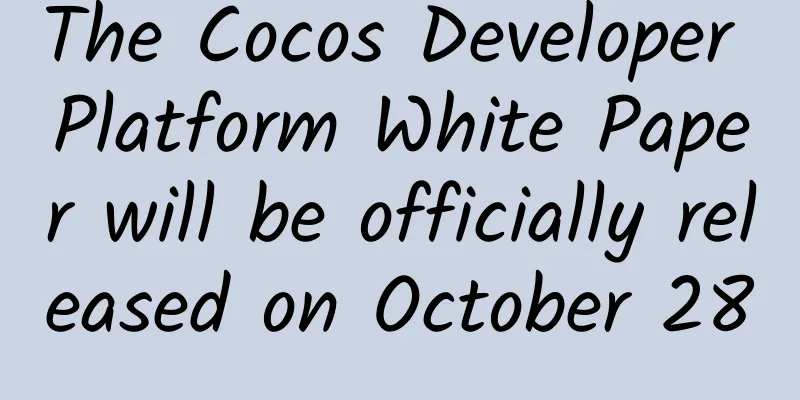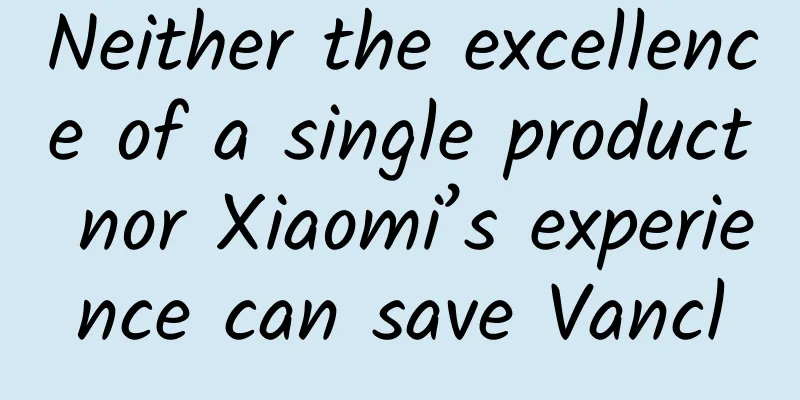Android L update is coming but when can you enjoy it?

|
After Apple releases iOS 8, users can upgrade immediately and enjoy the latest system. Although iPhone 4s may experience slow application speed, animation frame drops, and poor application adaptation after upgrading, for many people, this is a tolerable compromise. Next month, Google will also release its biggest update in recent years, Android L (5.0). The question is, how many devices can get the update in time? Nexus, Android One, and Moto X (G) should be able to get the system update first, but their market share is very small. For most Android users, Android L upgrade will be a slow process, depending on the manufacturer and third parties, and some users will see their devices being ruthlessly abandoned. Due to the openness of Android, this situation is almost unavoidable and will happen again every time the system is updated. Google once tried to solve this problem. As early as 2011, Google announced an upgrade alliance with major manufacturers, requiring them to upgrade to the new system within 18 months. However, this plan failed without any suspense. Now, Google has adopted a new strategy, downplaying system upgrades and shifting the focus to service upgrades. Specifically, it is to gradually separate Google applications from the system itself. At the same time, the functions of Google Play Services have been greatly expanded to include a large number of system-level APIs. Since Google Play Services is completely controlled by Google and is automatically upgraded, Google can allow as many users as possible to enjoy Google services as soon as possible without waiting for system upgrades. At the same time, this has also become a means for Google to control the Android ecosystem. When a large number of system-level APIs are transferred to Play Services, manufacturers and developers rely more on Google. Ars Technica once showed the status of Android upgrades in a list. From this, we can see that Play Service contains a large number of important APIs, including maps, games, location APIs, and many other important functions, including malware scanning, in-app payments, remote cleaning, and so on. At this year's Google I/O conference, Android director Sundar Pichai also emphasized the importance of Google Play Services and said that it will be updated every six weeks. Therefore, when Android L is officially released, even if users cannot get system updates in time, they can still enjoy updates on many services. However, service updates are not system updates after all, and some important aspects cannot be taken into account. Starting from Android L, a new software operating environment ART will replace the original Dalvik, which will make the software run more smoothly, and this must be achieved through system updates. In addition, Washington Post learned that in the new system to be released next month, all data will be encrypted by default, making personal information more secure. The question is, how many people will be able to enjoy the benefits of the new system in time? Technology blogger John Gruber commented, "This is great news for everyone, but how long will it take for most Android users to be on Android L or higher? Five years?" Perhaps there is no need to be so pessimistic. From the current situation, the Android upgrade problem has improved. Android 4.0 was released in October 2011. According to the latest data from Google, 87.9% of devices are running Android 4.0 or higher, which is a gap of three years. In addition, Android 4.1 (Jelly Bean) was released at the end of June 2012, and its current market share is 53.8%. Optimistically speaking, most Android users should upgrade to Android L within two years. However, Google only counts mobile devices that access the Google Play Store. If we include other Android devices, the situation will be much worse. As a winner of Toutiao's Qingyun Plan and Baijiahao's Bai+ Plan, the 2019 Baidu Digital Author of the Year, the Baijiahao's Most Popular Author in the Technology Field, the 2019 Sogou Technology and Culture Author, and the 2021 Baijiahao Quarterly Influential Creator, he has won many awards, including the 2013 Sohu Best Industry Media Person, the 2015 China New Media Entrepreneurship Competition Beijing Third Place, the 2015 Guangmang Experience Award, the 2015 China New Media Entrepreneurship Competition Finals Third Place, and the 2018 Baidu Dynamic Annual Powerful Celebrity. |
<<: Is it worth upgrading old devices to iOS 8? Security should not be ignored
>>: International Food Information Council: 2023 Food and Health Survey Report
Recommend
Who will win when online dramas overtake traditional TV dramas?
The current TV drama ratings remain sluggish, whi...
How do subtitle groups translate American TV series?
Generally speaking, the translation of American T...
4 simple "anti-aging" methods, stick to them for 2 months and you will look 4.6 years younger!
Is it really possible to "reverse aging"...
A must-see for newbies! How can an account with 0 followers sell goods through live streaming?
A few days ago, in an article about the practical...
What are dead links? How to deal with dead links on the website?
For an SEO website optimization practitioner, it ...
The tragedy of Lenovo: Why did it fail miserably in the mobile phone market despite owning Motorola?
For Lenovo, a long-established company, there wer...
China Automobile Dealers Association: Dealers' used car business scale and profits grew rapidly in 2021
2021 is a difficult year for my country's aut...
Mi Xiaoquan Animation Idiom Lesson Part 2
Introduction to the second part of Mi Xiaoquan An...
Strong winds break records, hail covers the ground! This year's most intense severe convective weather is coming, how to prevent it
Starting from yesterday afternoon (April 11), due...
Nezha is not a myth? It was already three years and six months old when it was born in the deep sea!
“It was three years and six months old when it wa...
Li Dongmin of Juefei Technology: Autonomous driving technology has entered the ecological era, and China's path is leading the world
In the past 2020, new energy vehicles that have s...
The Hengduan Mountains glaciers are precious because they are rare.
01 What is a glacier? Glaciers are a type of land...
The Loch Ness Monster is not a whale's penis! But these sea monsters could be...
The Loch Ness Monster is one of the most mysterio...
Double 11 ends: Alibaba reveals the numbers behind it
The bizarre "Double Eleven" finally cam...
The home appliance market is in fierce competition in the second half of the year. This is the only chance for a rebound.
Opportunities always come to those who are prepar...









